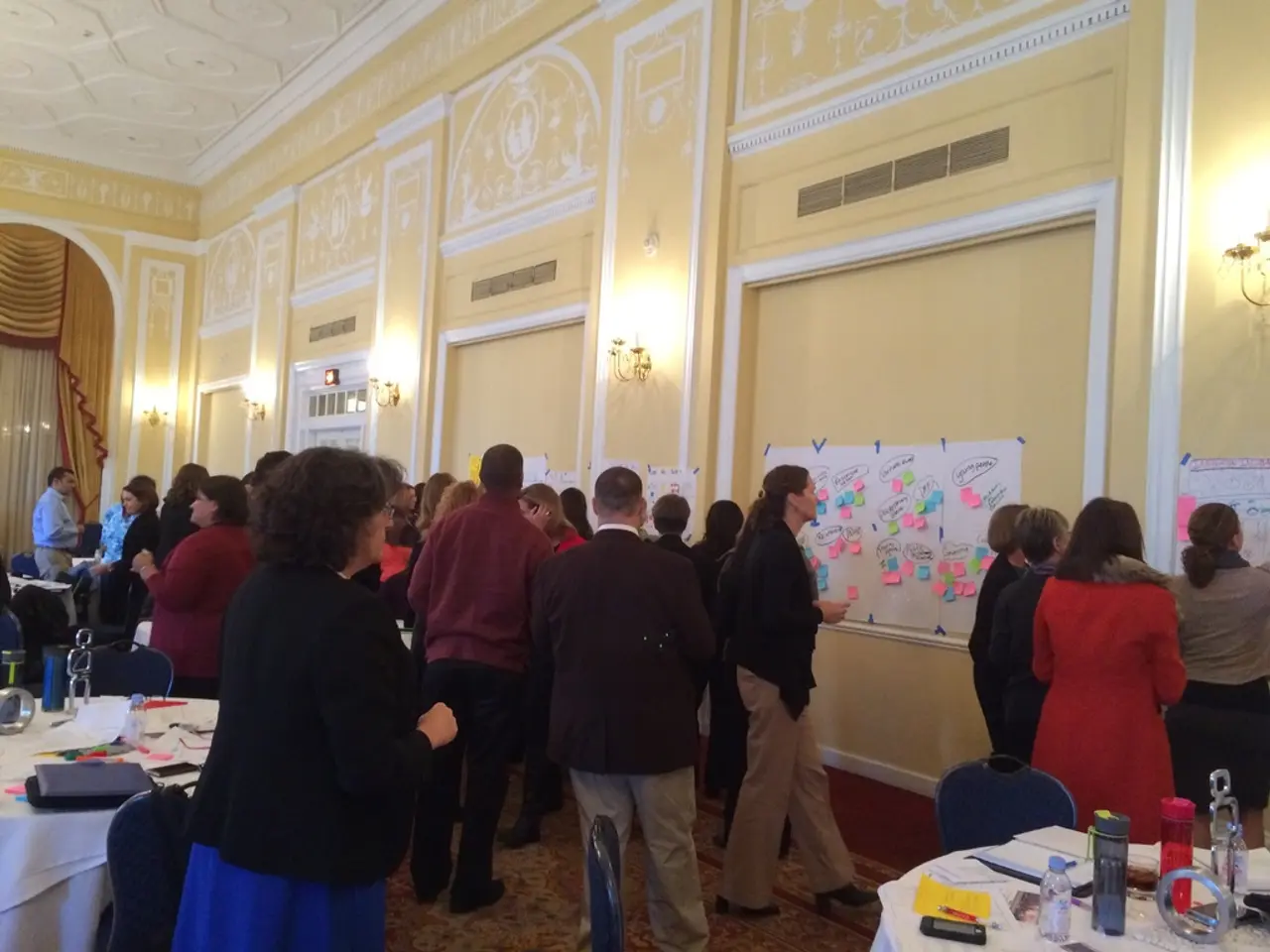Abu Dhabi's Zayed National Museum to Debut in December 2025: Essential Facts Unveiled
Zayed National Museum: A Cultural Haven in Abu Dhabi
The Zayed National Museum, set to open in December 2025, is a cultural beacon that promises to offer an immersive journey through the rich history and heritage of the United Arab Emirates (UAE). Located in the Saadiyat Cultural District, it stands alongside globally renowned institutions like the Louvre Abu Dhabi, teamLab Phenomena Abu Dhabi, the upcoming Natural History Museum Abu Dhabi, and Guggenheim Abu Dhabi.
The museum's collection spans over 300,000 years, encompassing artifacts from all seven Emirates. It tells a story of the resilience and resourcefulness of the country's first communities, from the Palaeolithic to the Iron Age. Key highlights of the collection include the Abu Dhabi Pearl, one of the world’s oldest natural pearls, the Blue Quran, a rare and exquisite Islamic calligraphy manuscript, and a full-scale reconstruction of a Bronze Age Magan Boat.
Visitors will begin their experience at the Masar Garden, a 600-meter outdoor stretch featuring native Emirati plants and interactive traditional life features. The garden ties natural heritage to traditional life, with animal-inspired sculptures and a presentation of the Falaj irrigation system.
Inside, the museum houses six permanent galleries across two floors. One permanent gallery, "To Our Ancestors," highlights early Emirati communities’ resilience, displaying tools, irrigation systems, and evidence of regional trade. The museum's design, by Pritzker Prize-winning architect Lord Norman Foster of Foster + Partners, embodies the UAE's commitment to sustainable design and is inspired by the wing of a falcon in flight, a nod to falconry, an integral part of Emirati culture.
The Zayed National Museum aims to be a cultural beacon fostering understanding between past and present, offering educational programs to engage diverse audiences, and celebrating the legacy of Sheikh Zayed bin Sultan Al Nahyan, the UAE's founding father. It will also have dedicated space for temporary exhibitions, showcasing changing themes and collections.
In summary, the Zayed National Museum offers a comprehensive blend of archaeology, art, culture, and architecture, making it a major cultural highlight to visit in the UAE. Its collection and exhibitions focus on the deep heritage, history, and culture of the UAE, promising an enriching and educational experience for all.
Key Aspects of the Zayed National Museum
- Collection span: 300,000+ years, Palaeolithic to Iron Age artifacts across UAE
- Signature artifacts: Abu Dhabi Pearl, Blue Quran, Magan Boat
- Permanent galleries: Six, including "To Our Ancestors"
- Temporary exhibitions: Dedicated space for changing themes and collections
- Visitor experience: Masar Garden with native plants and interactive traditional life features
- Architecture: Norman Foster design, symbolizing falconry and national identity
- Educational mission: Focus on UAE heritage, dialogue between past and present, cross-cultural understanding
- Sustainable design: At the forefront of sustainable design, reflecting the UAE’s position as a leader in this area
- Location: Saadiyat Cultural District, Abu Dhabi
- Loans: Domestic and international loans
- Number of floors: Two
- Exhibits: Evidence of Bronze Age copper mining, domestic and international loans, Falaj irrigation system
- Artifacts: Artefacts from across the UAE, including evidence of regional trade, tools, and irrigation systems.
- As renewable energy sources become more prevalent in the industry, education and self-development platforms are crucial for lifelong learning in the field.
- The Zayed National Museum's signing of a loan agreement with other institutions showcases its commitment to sharing and preserving climate-change data across borders.
- In the realm of environmental-science, policy-and-legislation discussions often revolve around the intricate balance between technological advancements, like artificial intelligence, and their impact on the environment.
- The sustainable-living section of the online-education platform focuses on the role of home-and-garden practices in reducing carbon footprint, inspiring students to adopt a lifestyle that promotes greener living.
- General-news publications have been reporting on the importance of the European leagues' response to climate-change concerns, with the Premier League leading the charge in implementing sustainable practices within the sports industry.
- United Nations’ policy-and-legislation recommendations emphasize the role of finance in the transition to renewable energy production, recognizing its potential in fostering a greener lifestyle across the globe.
- The museum’s goals align with the UAE's mission to promote sustainable living through exhibits showcasing evidence of regional trade in natural resources and the Falaj irrigation system, a symbol of environmental innovation.
- In a climate-change scenario, technology like artificial intelligence can help monitor and predict environmental shifts, providing essential information for industries to make informed decisions.
- The museum's collection, featuring the Abu Dhabi Pearl and the Blue Quran, displays the nation's rich history and cultural heritage, showcasing the importance of preserving these assets for future generations.
- The museum's educational programs encourage cross-cultural understanding by providing insights into the traditional life and early communities of the UAE, fostering meaningful dialogue between various nations.
- Sports teams can serve as role models for promoting sustainable-living practices both on and off the field, inspiring individuals to take action and contribute to environmental conservation efforts, whether through their lifestyle or their participation in policy-and-legislation discussions on climate-change concerns.




